It is that time of the year again when Apple will host a week to showcase, explain, demo, and ultimately release their next generation of software to the public. Last year, Apple’s big major theme was AI, or in Apple’s parlance, Apple Intelligence. While critics might say Apple did not meet expectations on the promise, this year Apple will try to allay the fears that Apple is slipping up from the race to dominance.
This year’s WWDC intro is set by Apple SVP of Software Engineering, Craig Federighi racing around a track on top of Apple Park. Partly showing Craig doing Tom Cruise-like stunts and partly promoting their next feature film F1 starring Brad Pitt and Damson Idris. The stage is now set.
Ecosystem Updates
Apple tends to review the updates by each major operating system that runs its devices, but that is not how Apple thinks about updating. Apple thinks their whole experience through the lens of the Ecosystem and provides updates to that ecosystem so the experience through Apple’s different Apple devices will be uniform and intuitive.
3 major themes are discussed through the WWDC 2025 keynote: Apple Intelligence updates, the new design language, and the version streamlining.
Apple Intelligence
Apple glance over updates on Apple Intelligence. These are not the major focus of this year’s WWDC but it is a signal to investors that Apple is still on the Artificial Intelligence bandwagon and is not leaving behind.
In the keynote, Apple reiterated that they have delivered all the features of Apple Intelligence that were showcased last year, although some critics might disagree with that. Apple Intelligence features are now available in more languages.
One of the new features of Apple Intellignce is the Foundation Model Framework a new library that enables developers to access on-device LLM. Some use cases that they presented are the user would download trail maps and help generate trails while being off-grid.
Apple also talks a lot more about integration with other apps and other LLM models. Image Playground, the built-in image generator can now pass your prompt to ChatGPT, and ChatGPT will generate the image for you. There was talk about allowing other LLM models in, but as of now, there is no word about Google Gemini going in.
Apple is also introducing Visual Intelligence feature. In supported devices, you take a screenshot and in the screenshot menu, you have the option to do an image search or directly ask an LLM about the context in your screenshot. Another context-aware feature they demo is when Apple Intelligence detects an event poster, it gives you an option to add that event to your calendar.
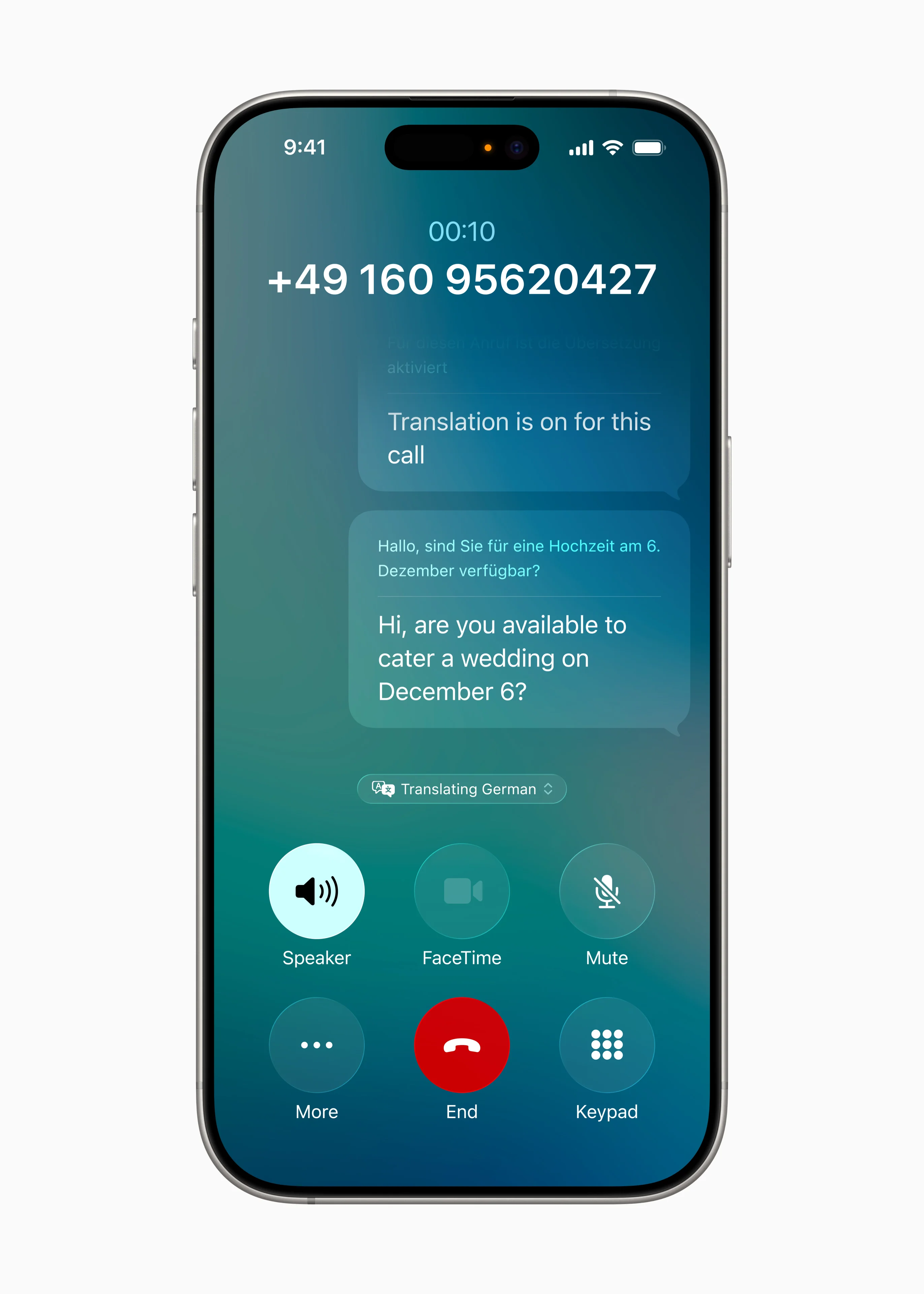
Live Translation is a new feature that is coming to an Apple device near you. As the name suggests, Live Translation gives you on-the-fly language translation capabilities. When you do FaceTime, a transcription will appear on the conversation and the translated text.
Liquid Glass: New Design Language
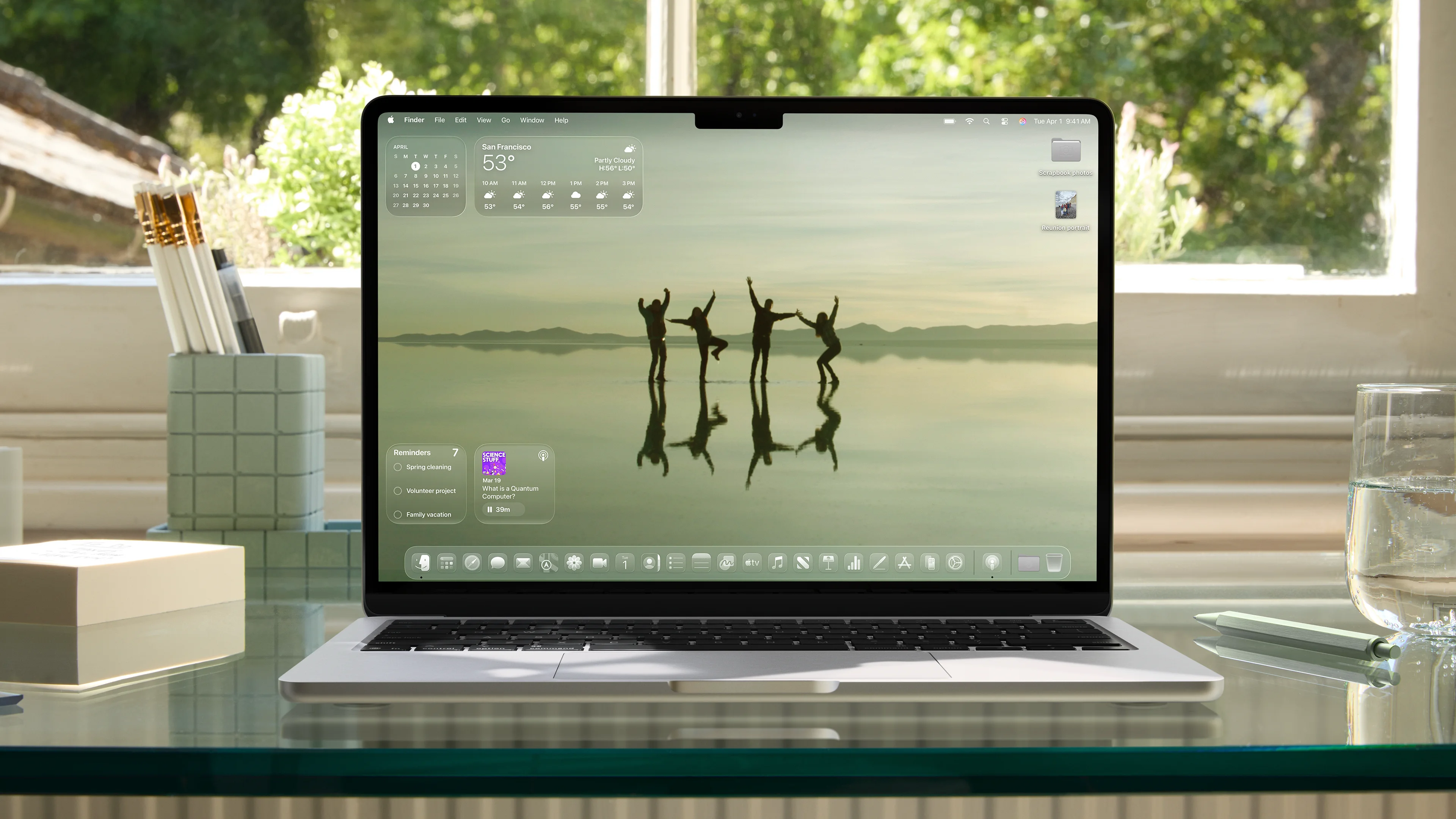
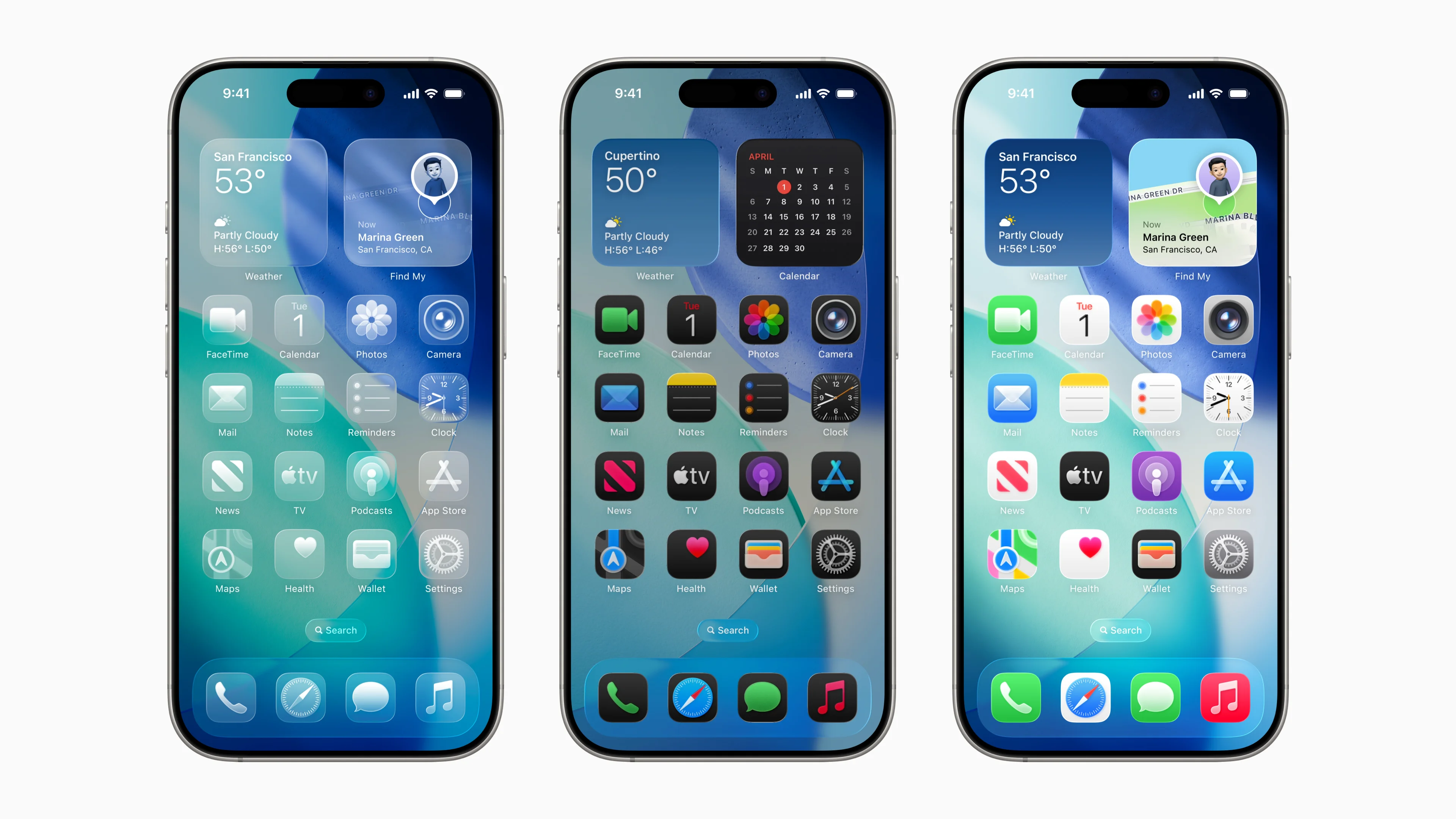
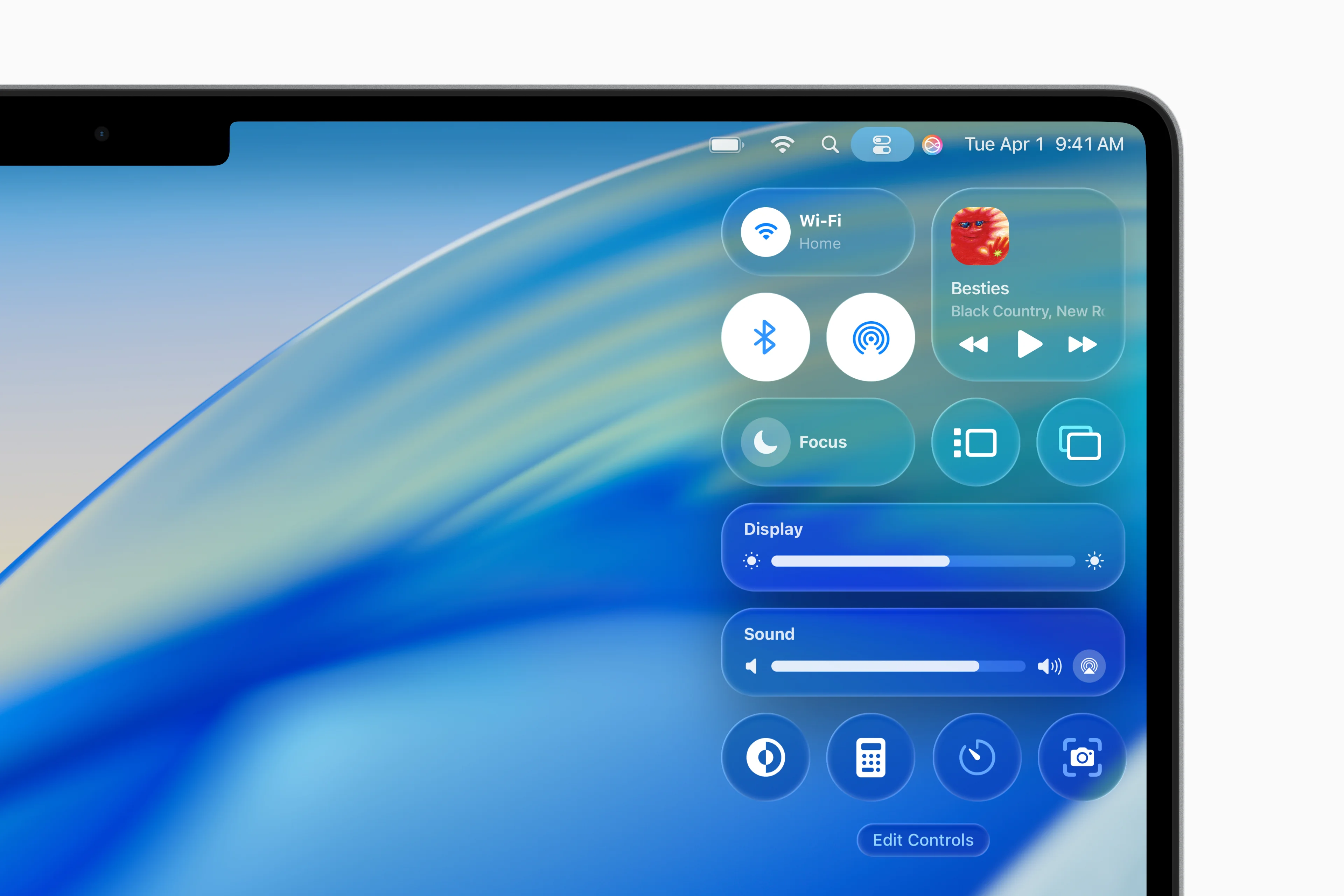
The most significant update of this WWDC would be Liquid Glass, Apple’s new design language since the departure of Apple’s former famous chief designer Jony Ive. While Jony Ive brought us a flat and thin design in iOS 7, Liquid Glass gives us a frosted glass feel throughout.
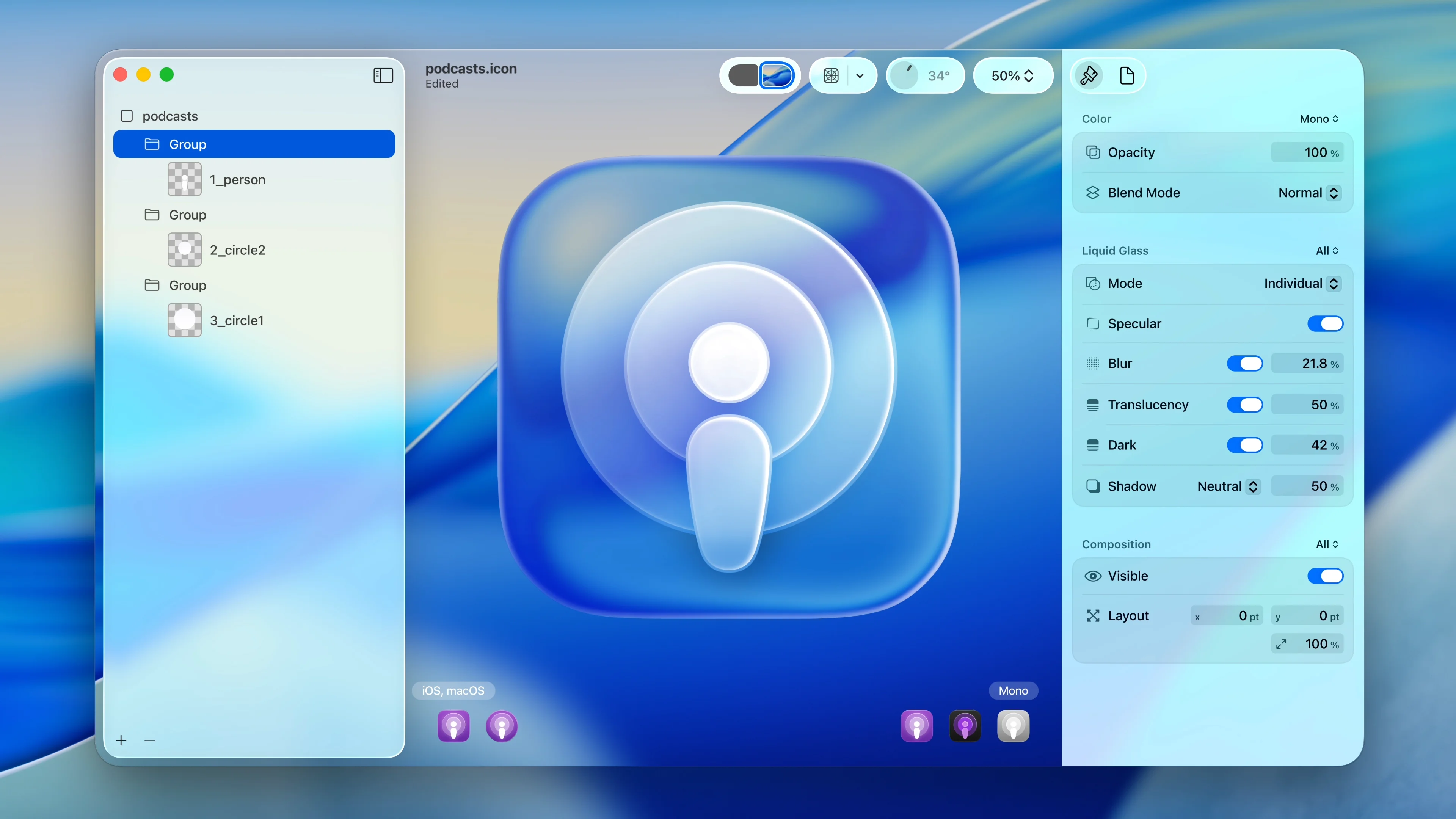
Every icon has been redesigned. We have known light and dark modes, now there is another one: all-clear mode. You can make every icon into glass ice cubes. If this is a good idea or not, time will tell.
Notification panes are now glass. The control center looks like a frosted glass panel. Heck, in their behind-the-scenes footage, they slide giant pieces of glass through the interface to study how light bends in different mediums. And they bring that light bending, dispersion effect into software.
Streamline Versions
One of the small gripes about Apple’s constant updates is trying to remember all the latest version numbers. Well, Apple heard your pleas and decided to make it very easy for you. All future version numbers will follow the year of its first release. So instead of iOS 19, it’s iOS 26. Instead of watchOS 11, it’s watchOS 26. So all versions of Apple’s operating systems, iOS, iPadOS macOS, watchOS, tvOS: it’s all 26. now.
It is a welcoming change as it eases software management and Apple is encouraging their developers to create their app on all of their platforms.
Other Ecosystem Updates
Here is a grab bag of ecosystem update
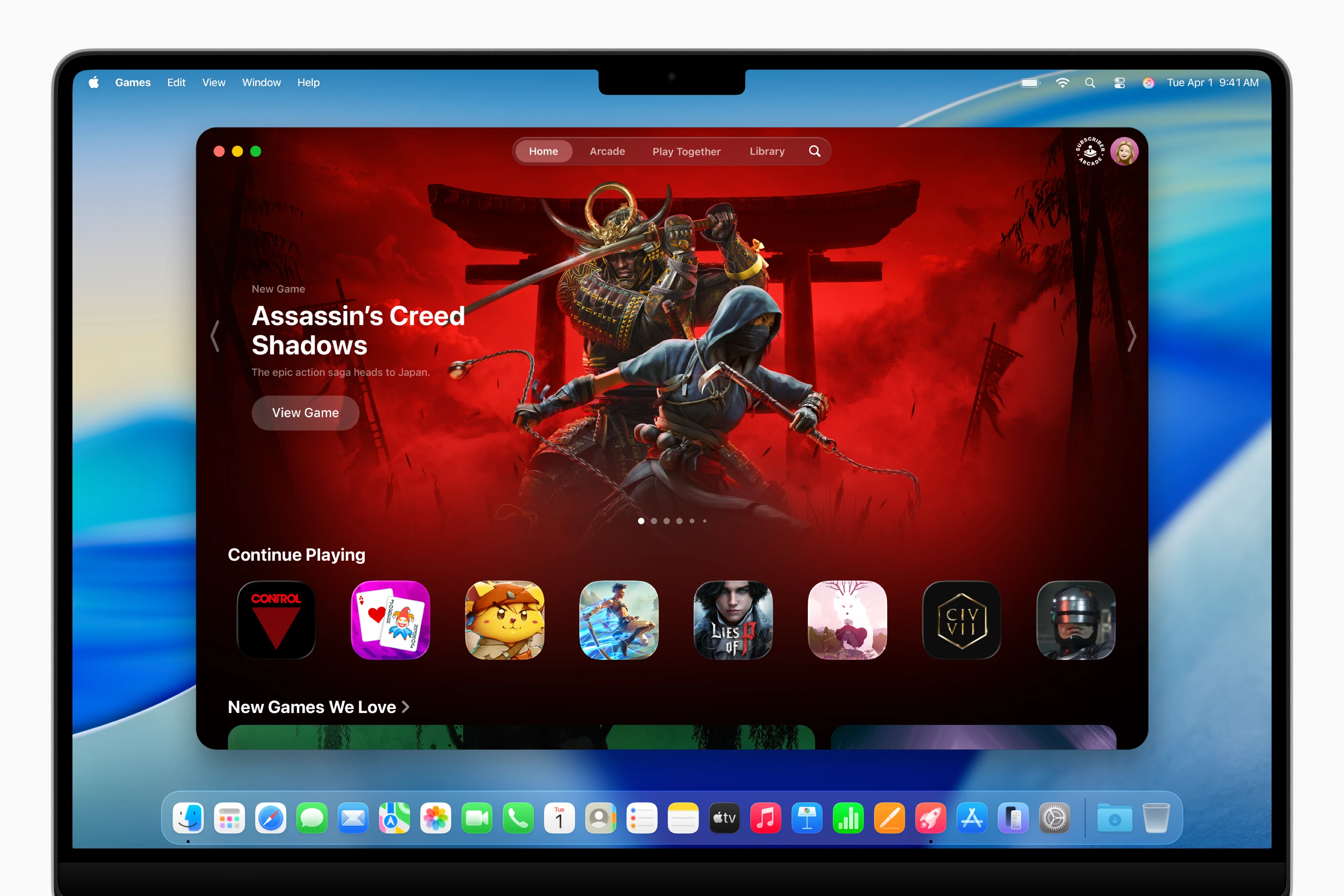
- Game app: Game Center is Apple’s social gaming solution. Apple is now providing another layer of service via the dedicated Game app where you can manage your game, challenge other players, and much more.

- Phone app: The Phone app is coming to macOS and iPadOS. You still need to have an iPhone to make things work as expected, but you can now make calls from your Mac and iPad thanks to the new Phone app.
- Metal 4: Apple’s graphic library Metal 4 is now available. With new ML features, it is supposed to turbo charge your gaming.
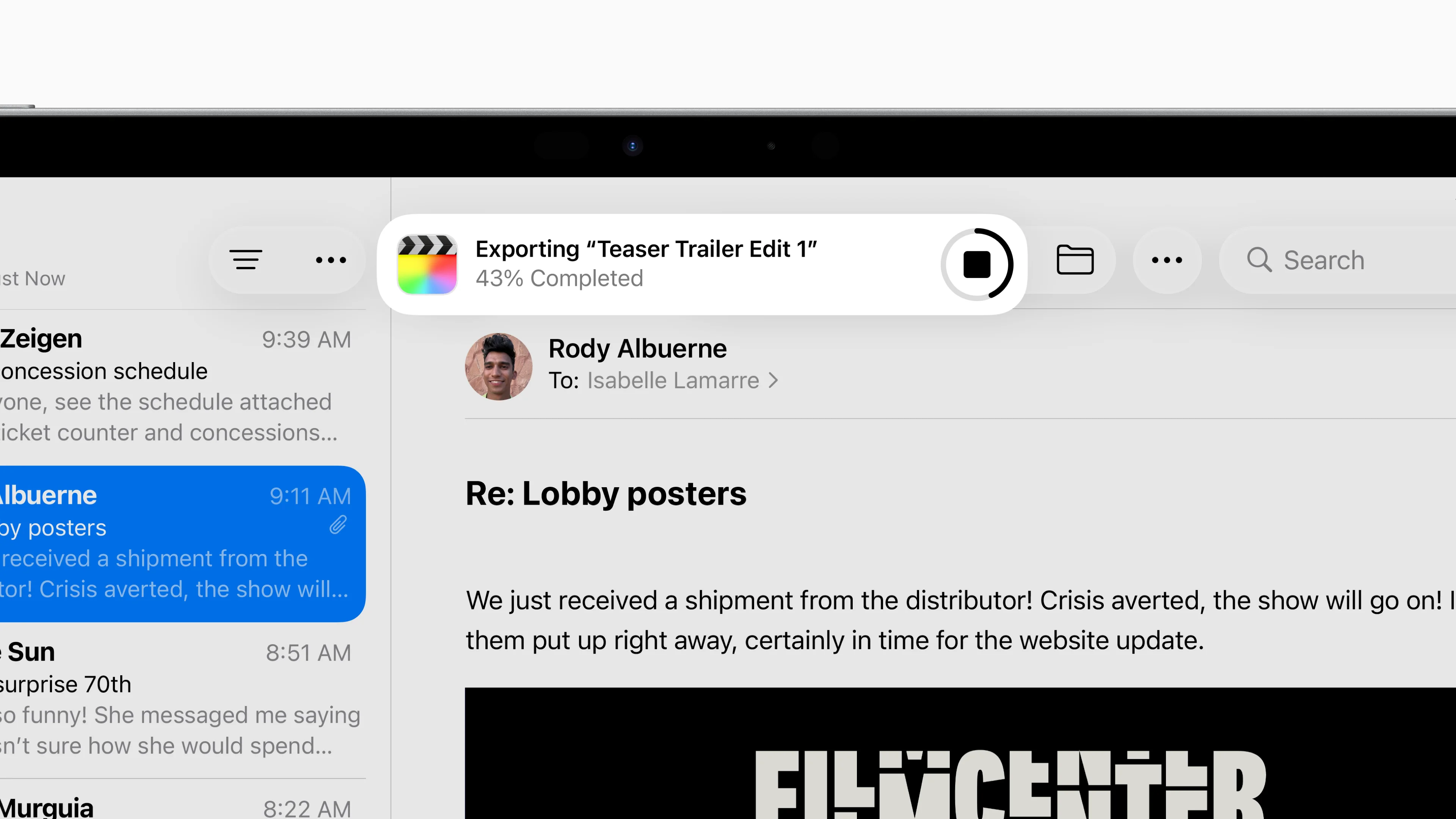
- Background Tasks API: Although this feature is prominently shown on iPadOS, Background Task API is available on iOS, tvOS, and visionOS. This API allows your app to execute long-running tasks in the background.
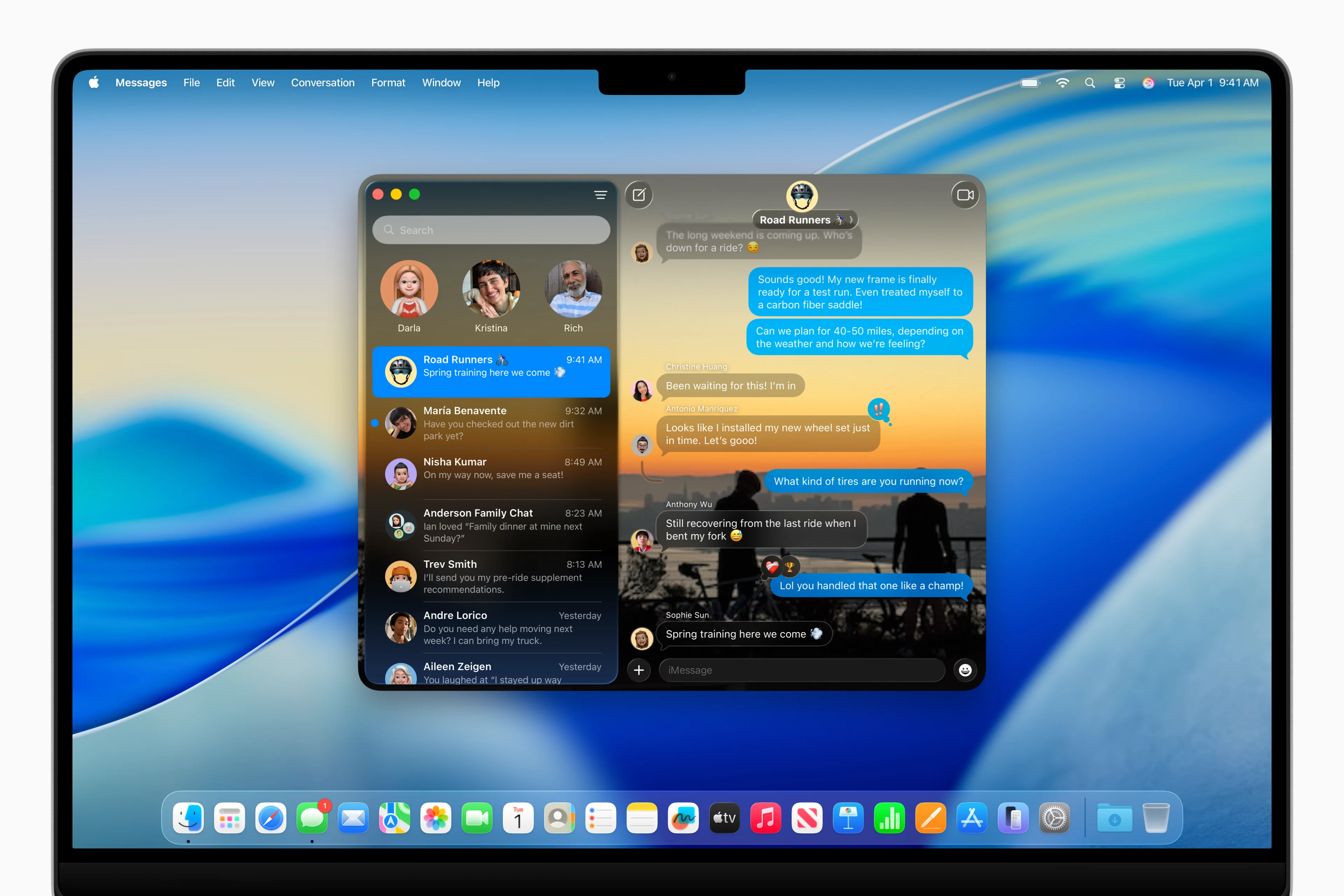
- Messages App: The Messages app has been updated to include group polling. You can now change the background of a specific chat window.
Platform-specific updates
iOS
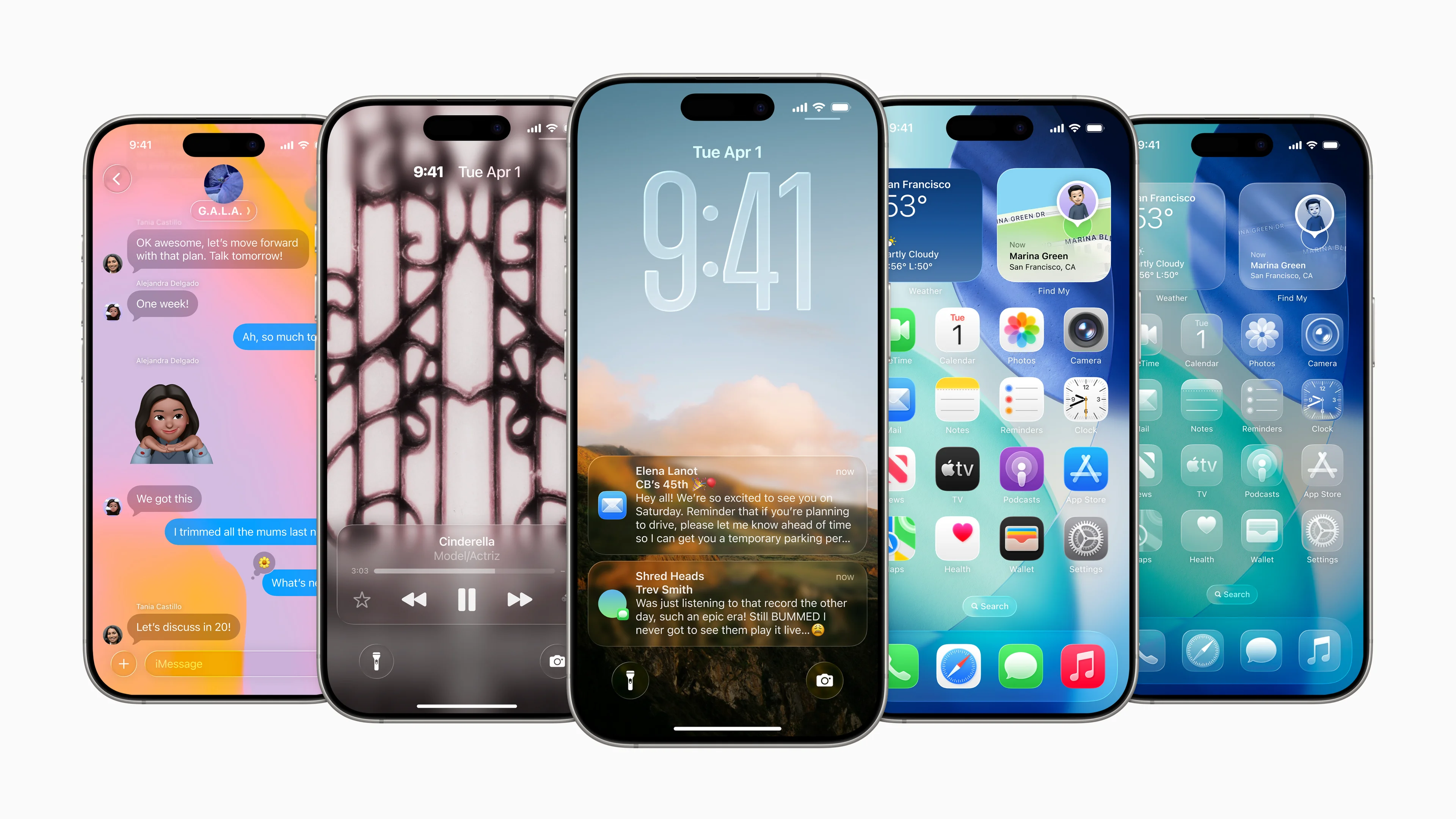
iOS has completely changed because of liquid glass. The new changes come even from when you lift the iPhone and see the lock screen. The usual San Francisco font is now can be stretched to fill up your screen. When you play music, new interactive artwork can be played.
In this new iOS 26, many of the often-used apps have been redesigned and reimagined. Take the Camera app, arguably one of the most used apps on the iPhone is now simplified with more advanced features and is just a flick away. When you first launch the app, there are only two tabs: photos and video. Only when you flick the tab, the more advanced slow-mo, cinematic, portraiture, and panorama mode is available. To be honest, this is a welcomed change.
Safari, the only web browser on the iPhone (for now) has been redesigned to be more content-centric. The tab bar is floating on the screen and dynamically shrinks when scroll a web page. FaceTime and the Phone app have also been redesigned.
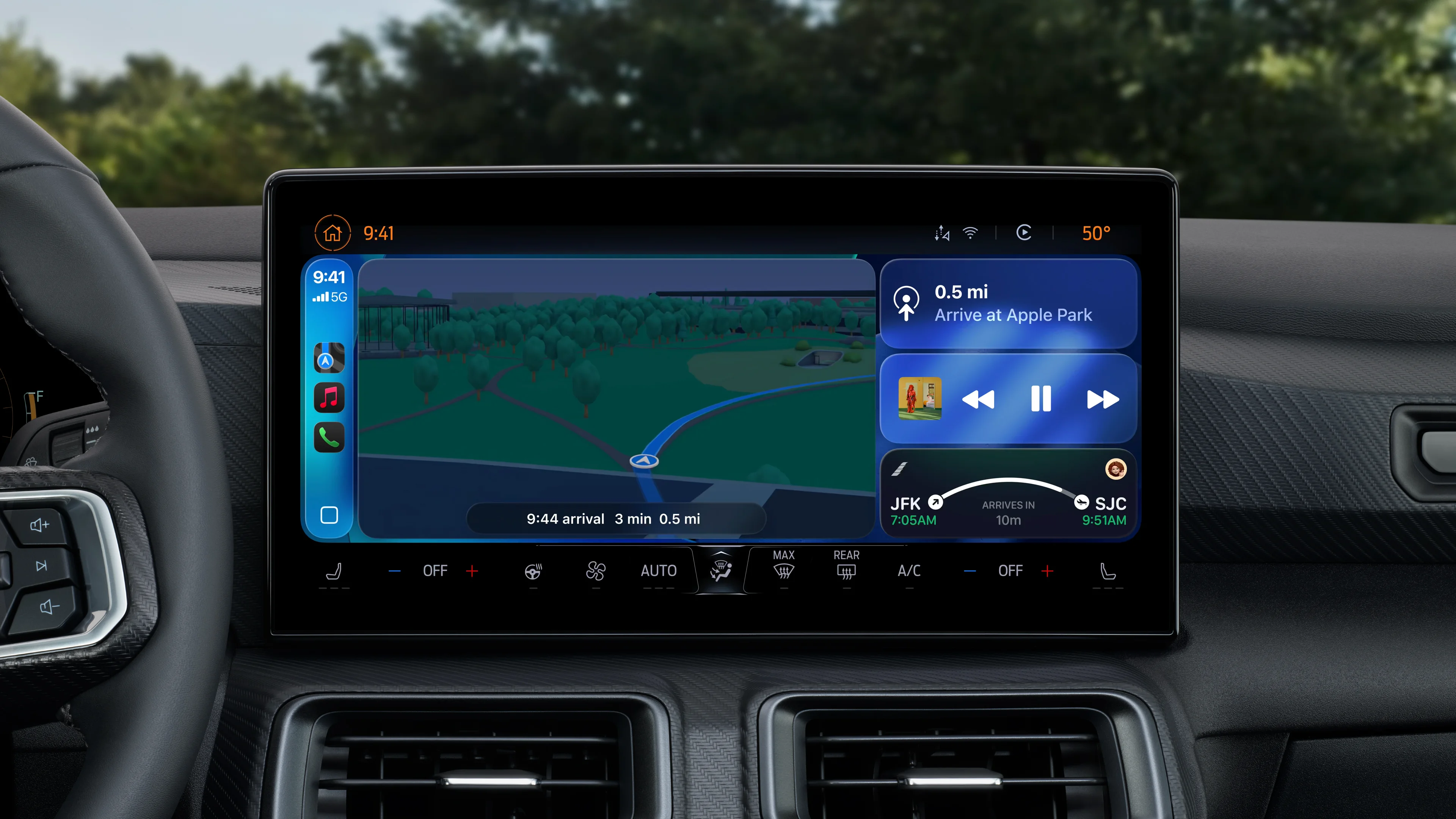
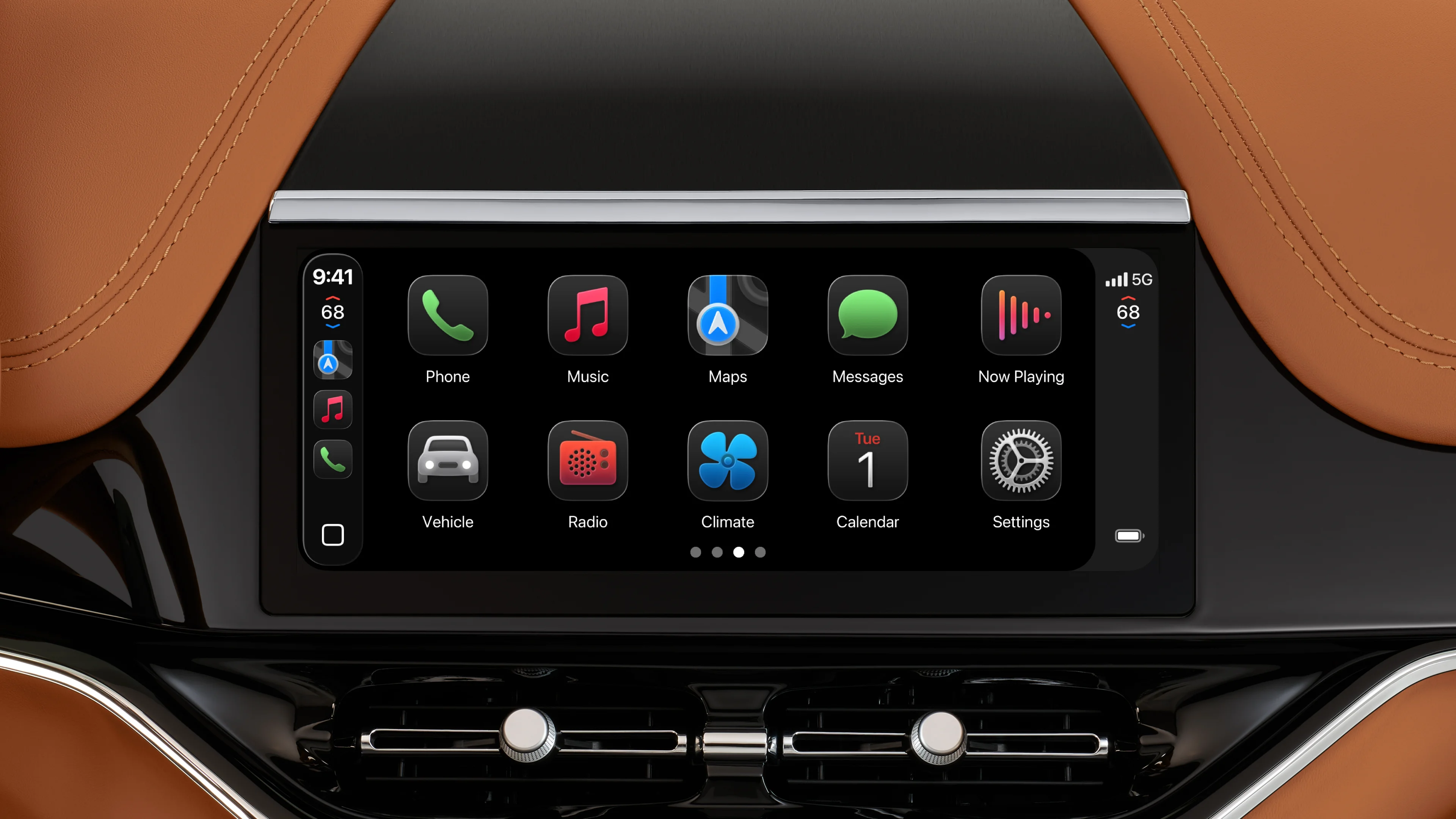
CarPlay is one of the most popular uses of the iPhone. Through this feature, you can use your iPhone as the entertainment and communication center of your car. CarPlay has been updated with the new Liquid Glass design. I think one of the best improvements in CarPlay is getting calls is now a small widget instead of consuming your entire display screen. This is a legit solution because when you have your navigation on and suddenly there’s a call coming in, everything blacks out the call, which can be frustrating if you’re in the middle of navigating a complicated route. They also mention CarPlay Ultra, a deeper integration of CarPlay features. With CarPlay Ultra, you can control other vehicle controls like climate and instrument gauges.
watchOS
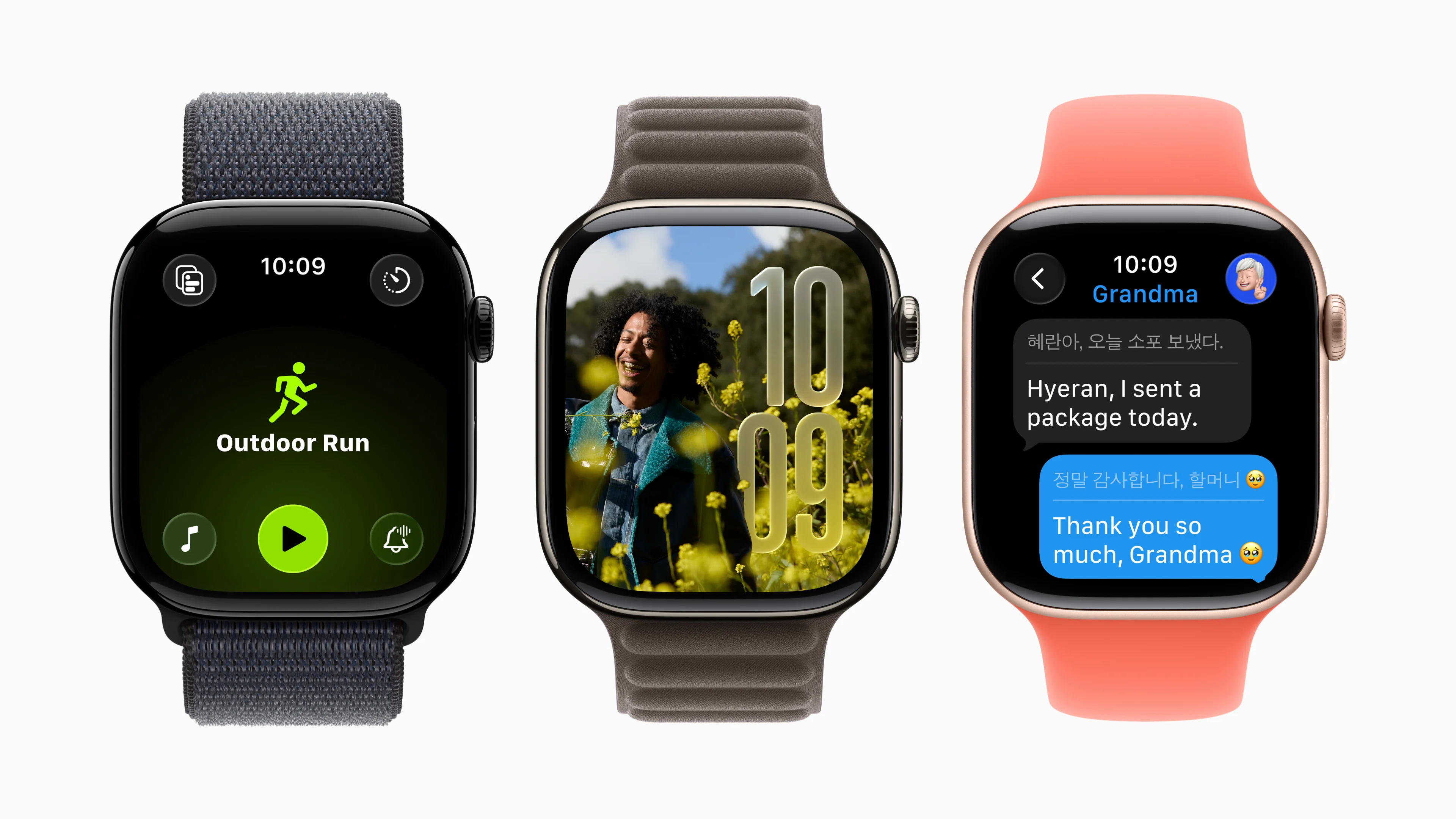
watchOS, as expected, has been redesigned to follow the Liquid Glass design language.
The biggest feature of the new watchOS is the Workout Buddy. Imagine a preppy, talkative coach who always gives you motivation in your sessions and celebrates every achievement. Yes, that is what it is.
Going with the theme of apps from other platforms coming to another platform, the Notes app will now be available on watchOS.
tvOS
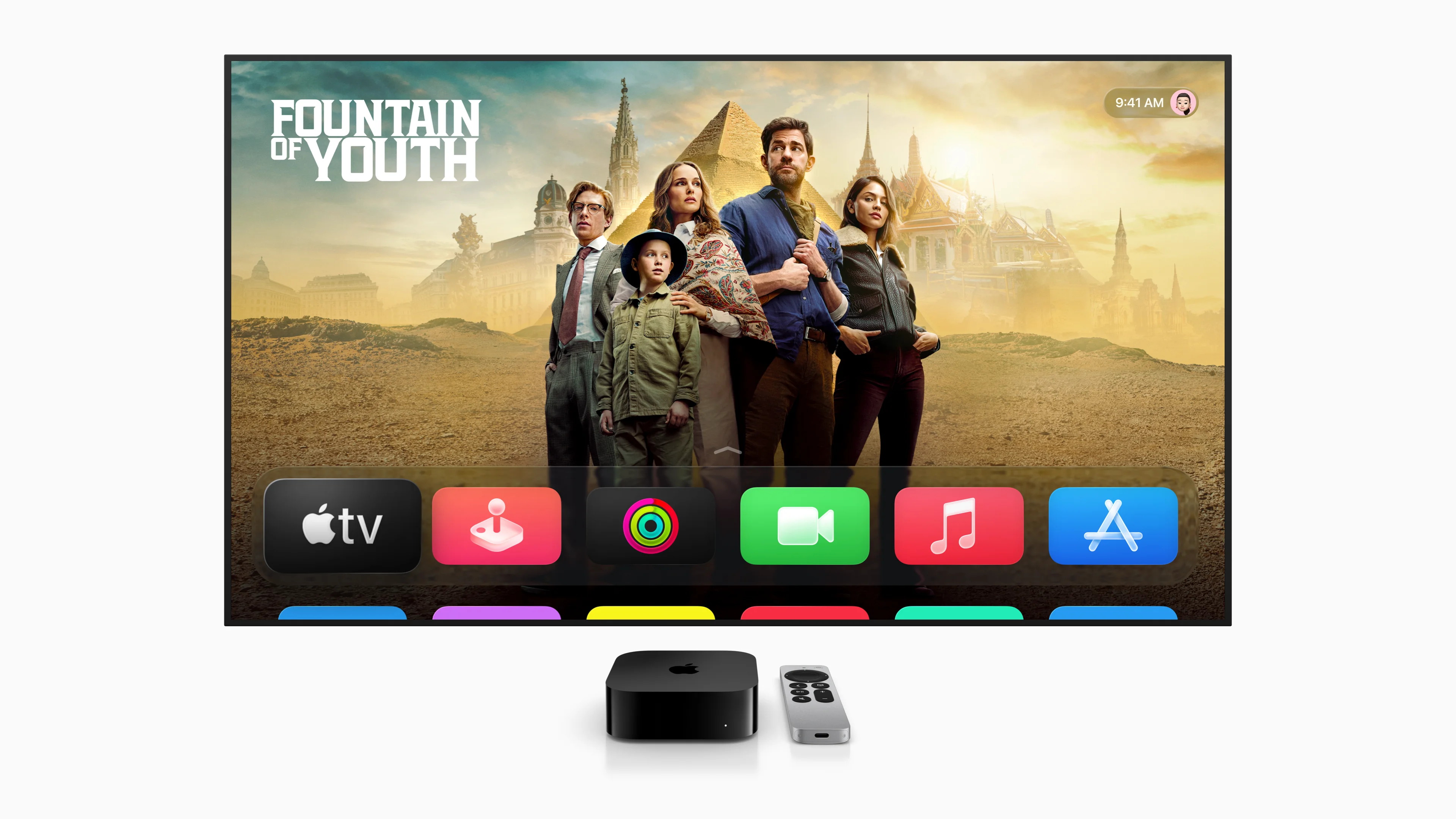
Apple took this opportunity to update the TV app to the all-new Liquid Glass design. There’s also a new profile feature that allows multiple users to use the TV app without messing up each other progression or playlist. Automatic sign-in API was mentioned to enable this feature on 3rd party apps.
The Music App can now do a karaoke session. You can now sing along with your favorite tunes by using your iPhone as the mic.
macOS
macOS holds a special place in the Apple ecosystem. Unlike other Apple’s operating system that runs Apple devices, macOS has a name. Even iOS, which made hundreds of billions of dollars for Apple, does not have a name. And for this year, Apple has chosen Tahoe, named after the infamous beautiful Lake Tahoe.
As you would expect, Tahoe has a new look. The Liquid Glass look. Menus are now translucent, giving the illusion of a bigger screen. You can now change the color of your folder and put an emoji to personalize a certain folder.
Live activities are now available on your Mac. You do still need to be connected to an iPhone to make this feature work though.
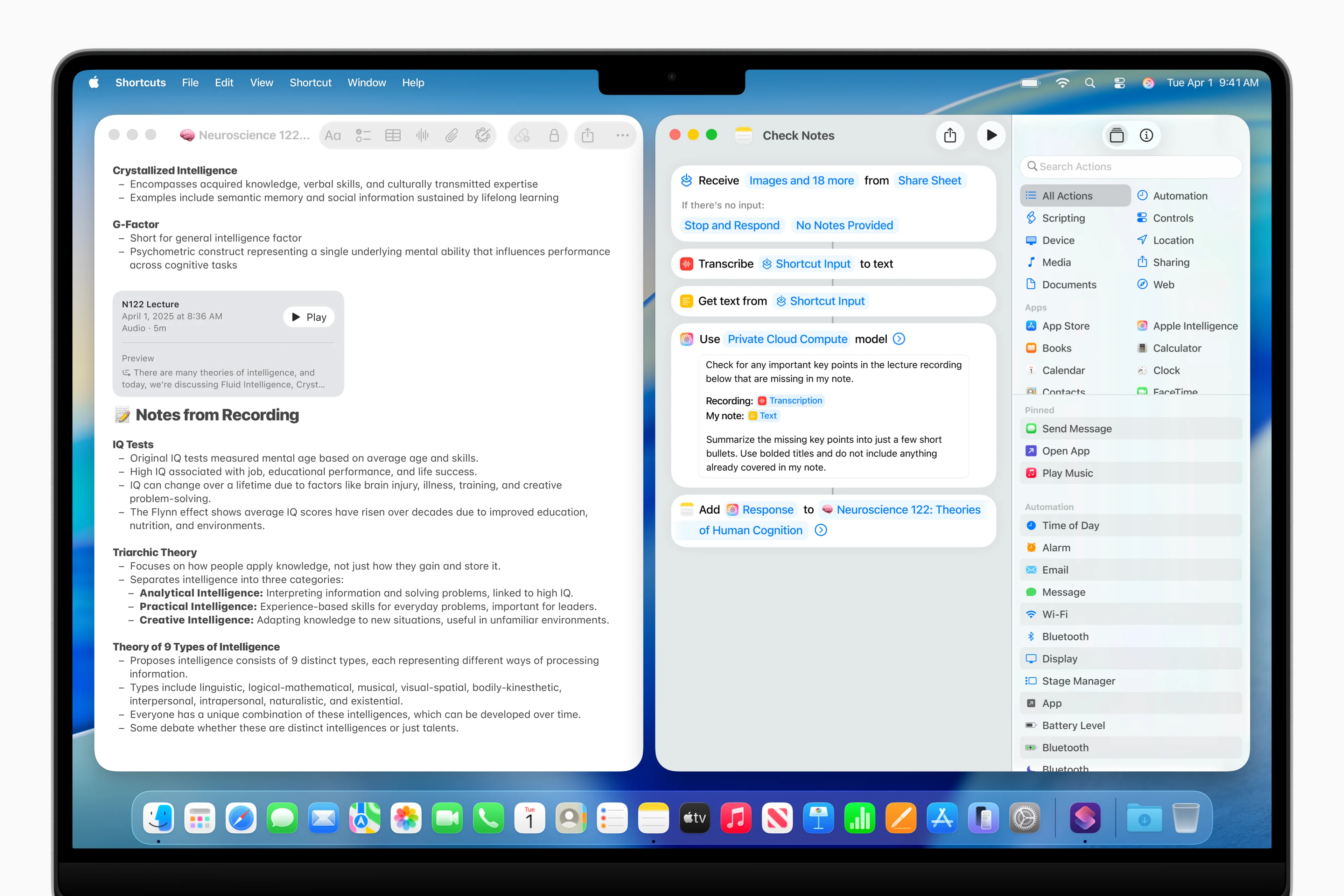
Spotlight has been updated to be more powerful than ever. There are now tabs in the Spotlight prompts to indicate if you’re looking for an app, the web, or other stuff. You can now create events from Spotlight. You can even interact with your apps through Spotlight, like sending a short email to someone with a specific title and content. It has been pointed out that a 3rd party app called RayCast has been doing a few things that the new Spotlight does. Some call it another case of being Sherlocked.
macOS 26 also sounds like the death knell of Intel Macs. This is the last new version of macOS that supports Intel Macs. The next one will no longer support any Intel Macs. Furthermore, there are only 4 Intel Mac models supported for macOS 26. All of them were released in 2019 and 2020. Apple promises 2 years of security updates for Intel Macs for macOS 26.
visionOS
It is crazy to think that Apple Vision Pro has only been in the market since early last year. It feels like we’re expecting a new Vision Pro out soon. Well, we kind of with the new visionOS 26. Apple split the visionOS update presentation into four themes: experience, enterprise, accessories, and content.
Widgets are now available in visionOS. They are persistent, meaning they are not going to move around and they can be quite large. In their example, you can put the photo and clock widget on the wall of your home and they look like actual things in your home. It is quite impressive, to be honest.
Apple also has been working with GoPro and Canon to make rendering 180 or 360 videos/photos more realistic. Instead of seeing an image that has been squeezed to fit a 2D screen, the video will be rendered correctly as though you are there in the middle of the action.
The new version of Persona is much more realistic.
The big change is Persona, the avatar that is to be used when you are on FaceTime. It is now more realistic and not like the hazy, cartoon version before.
In the enterprise segment, Apple is making ways so that 2 or more Vision Pro devices can look at the same scene and interact with each other. You can now watch movies together if both of you have the Vision Pro. You can now save your Vision Pro settings on your iPhone and transfer those settings to a shared Vision Pro device. Sony
Apple introduced the Logitech Muse for Vision Pro. It is like a pen that can be used as a pointer device on Vision Pro. Sony PlayStation VR 2 controller is now supported on Vision Pro.
Apple added more content to their immersive video. There is also an Adobe app to edit spatial video right in Vision Pro. Safari in Vision Pro recognizes and interacts with spatial data.
iPadOS
iPadOS received the biggest change in this WWDC. Sure, there is the all-new Liquid Glass interface that is being pushed by Apple, but the changes shown here bring the iPad much closer to the Mac than ever.
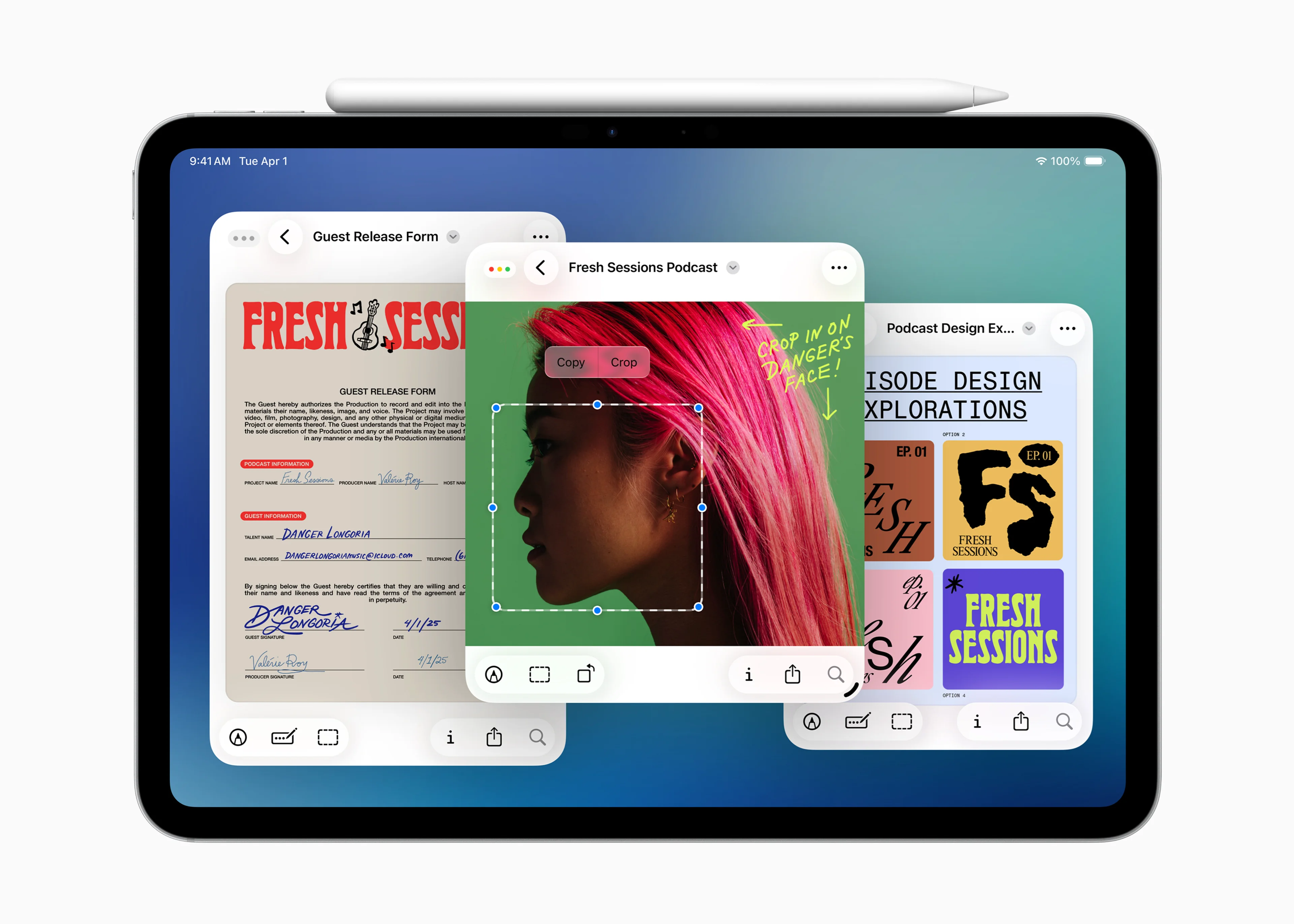
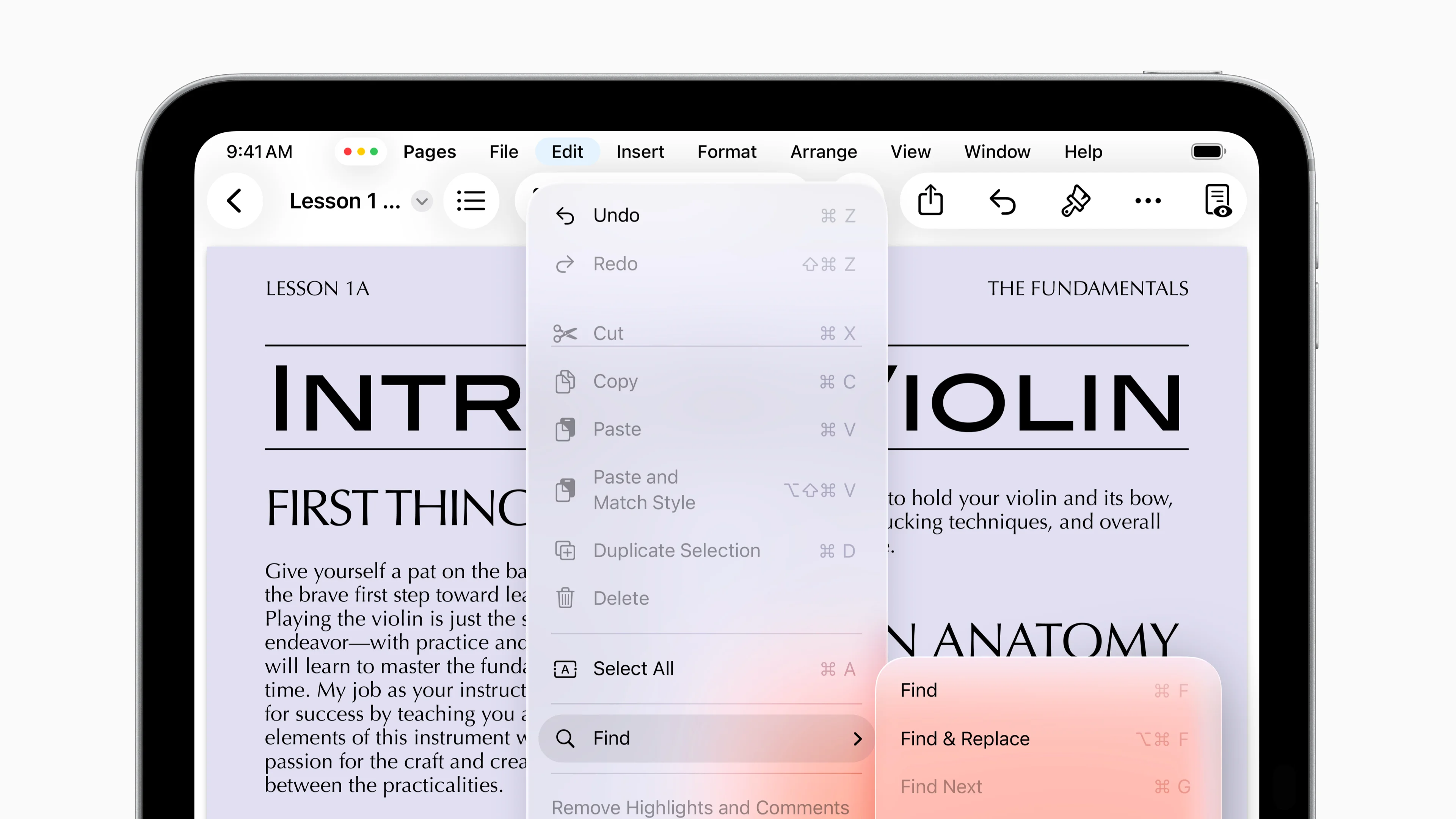
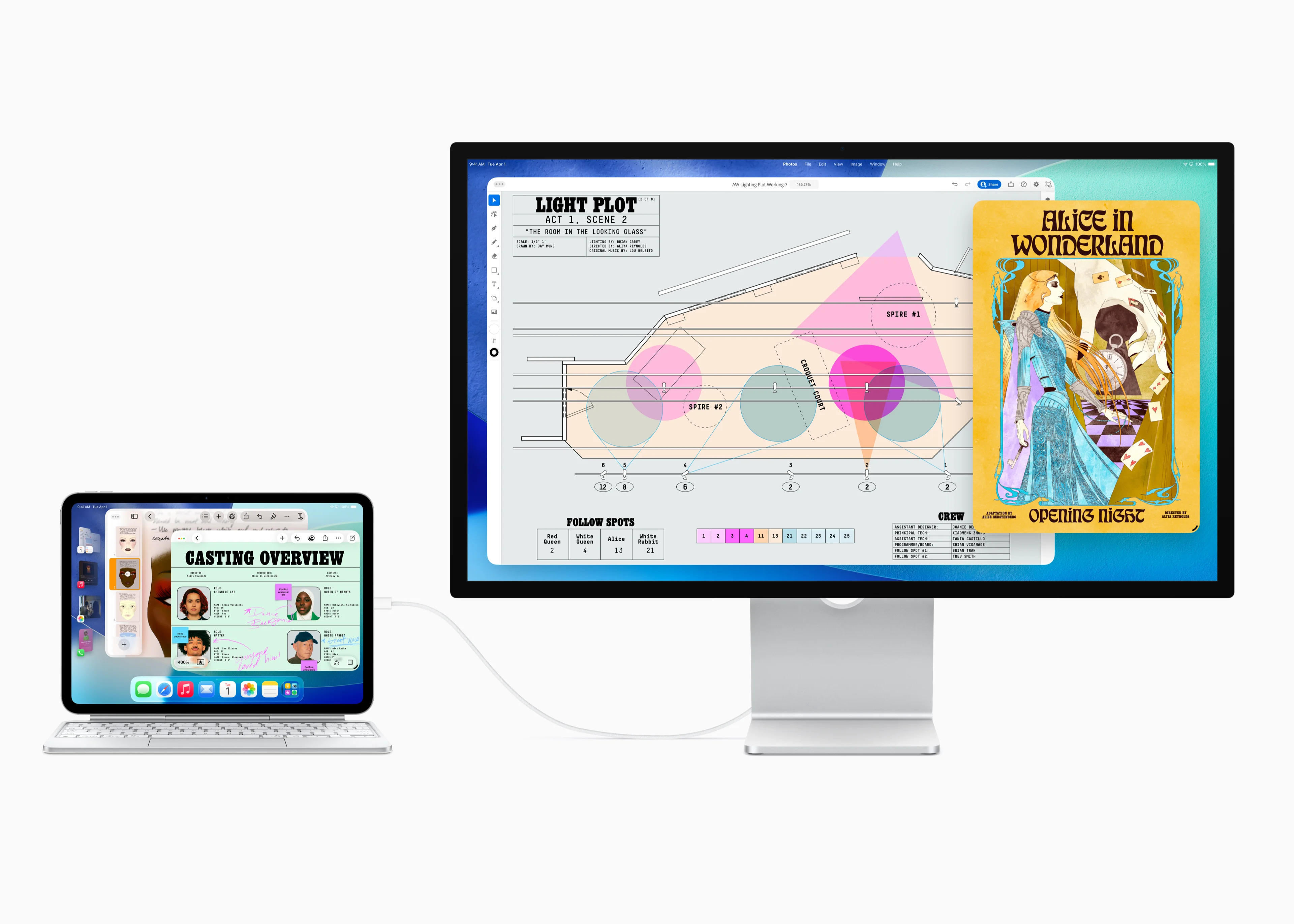
The biggest design change is the new multi-tasking, multi-windowing environment. Every app now has a new grab handle in the lower right corner. You just grab the handle and you can resize the window to your desired size!! You can put multiple windows out. There are even the 3 traffic light dots on the upper left corner just like in macOS. You can now flick the window to tile the windows. There’s an option to tile 4 windows on a single screen. With support for external display, this will even be more useful.
There’s also a menu bar at the top of the screen. Menu items are centered instead of left justified in macOS. But the fact that there’sa menu item changes things.
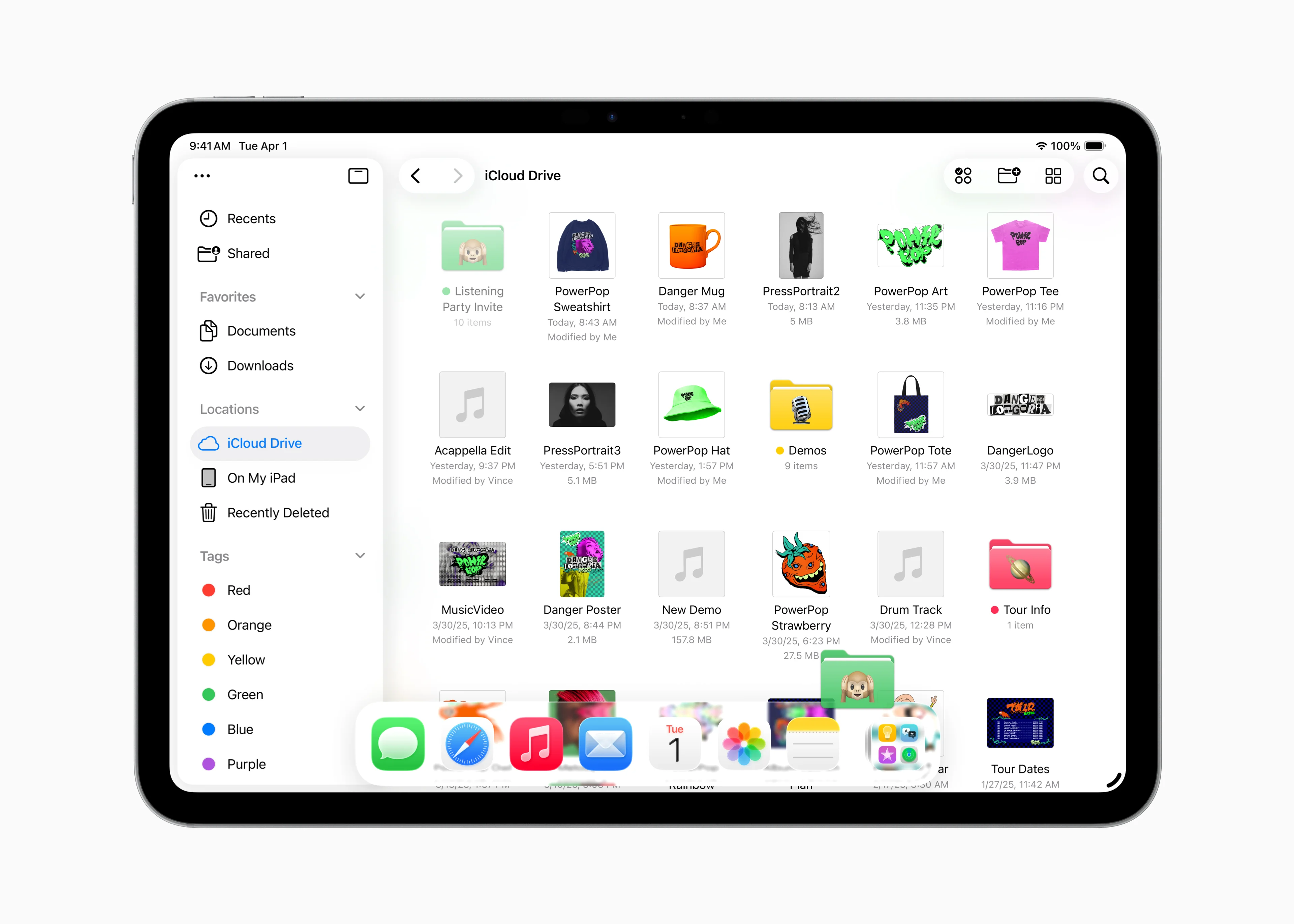
The Files app has been redesigned to be more in line with the Finder app. Just like in macOS, folders can be colored and added an emoji, and one step further, they can be put on the dock! To take things to the next level, the Finder super-app is also coming to iPadOS. Most files are text and images and you can manipulate them right from Finder.
Another major update is the introduction of background tasks. You can now switch apps when you initiate long-running tasks like exporting a Final Cut Pro video. There’s now a widget at the top to inform you of the task that is going on in the background and the progress. These things we taken for granted in macOS and are a welcomed feature in iPadOS.
Apple also makes it easier for iPadOS to select your audio input devices on an app basis. Again, those things that we take for granted in macOS are a pain in the ass when using iPadOS. There’s also a new screen recording feature called Local Capture which as the name suggests: allows you to record your current session in a very high-quality way.
Other features mentioned in the new iPadOS update are the new graphing function on Math Notes and a pen to help do nicer calligraphy.
Outro / Others
The last five minutes are a recap of the show and a grab bag of announcements. Swift 6.2 is coming soon. Icon Composer is now available to help you design great icons for your apps. New APIs are coming to SwiftUI. There’s a mention of Swift Assist for predictive code completion, but it goes no further than that.
Hardware Updates
Sometimes there are hardware updates during WWDC. Not this year. Mac Pro still runs M2 Ultra and starts at $7,000. Only Apple has the courage to do this.
Conclusion
This is one of the most dense WWDC in recent times. A solid hour with a lot of new, meaningful updates. One thing that I’m glad Apple did is make iPadOS closer to macOS. Understandably, some features are being left out, but iPadOS finally is not as crippled as before.
Plug
Support this free website by visiting my Amazon affiliate links. Any purchase you make will give me a cut without any extra cost to you
| Base | Pro | |
|---|---|---|
| iPhones | iPhone 16 / iPhone 16 Plus - (Amazon) | iPhone 16 Pro / iPhone 16 Pro Max - (Amazon) |
| Watch | Apple Watch SE (Amazon) / Apple Watch Series 10 | Apple Watch Ultra 2 (Amazon) |
| AirPods | AirPods 4 (Amazon) | AirPods Pro 2 (Amazon) / AirPods Max (Amazon) |
| iPad | iPad 10 (Amazon) / iPad Mini (Amazon) | iPad Air M2 (Amazon) / iPad Pro M4 (Amazon) |
| Laptops | MacBook Air M3 (Amazon) | MacBook Pro M3 (Amazon) / MacBook Pro M3 Pro/Max (Amazon) |
| Desktop | Mac Mini (Amazon) / iMac (Amazon) | Mac Studio / Mac Pro |
| Displays | Studio Display (Amazon) | Pro Display XDR (Amazon) |
Other Ecosystem Items
